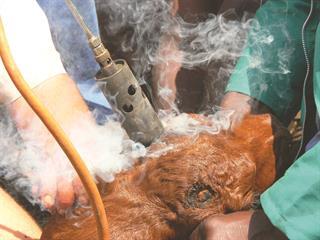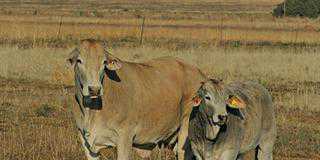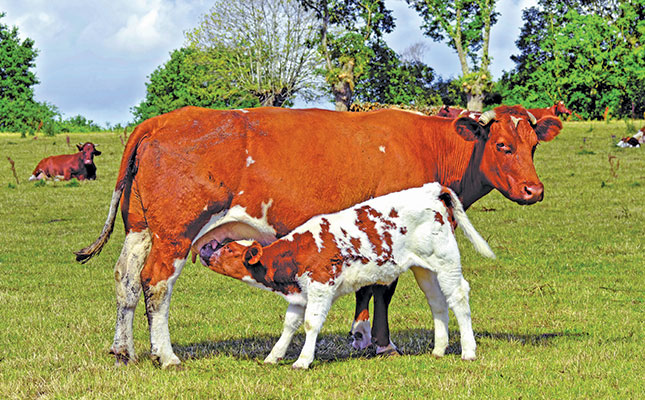
Photo: FW Archive
Bruised meat on carcases, usually the result of horn blows during transport, is condemned for human consumption at abattoirs and causes great financial loss. Dehorning cattle will help to prevent this.
READ: Technology-a-resource-to–drive-profit-in-beef-operations
Dehorning – a how to guide
At the same time:
- Cattle can be fed more conveniently and easily with less interference from dominant animals;
- Less trough space is required for dehorned animals;
- There is less danger of injury to udders, flanks and eyes, as well as to workers;
- A larger number of dehorned animals can be trucked, housed and fed together.
The caustic stick method is suitable for smallholders with few cattle. Apply the caustic soda (in stick or paste form) to the hornbud before the calf is 10 days old. Protect animals from the rain after treatment, as the caustic soda can trickle down and injure the calf’s face. When the calf suckles it can even damage the cow’s udder.
With the hot iron method, burn the horn-forming tissue at the base of the hornbud with a debudding iron heated by gas or fire. The calf should be three to six weeks old. Heat the iron until dull red, press it onto the bud and slowly move it in a circular manner for about 10 seconds. Hold the calf firmly to ensure that the method is effective.
If the bud is too large, first remove the tip with a sharp pocket knife. Other methods are not recommended as these leave open wounds, which could lead to further complications. Horn stubs also often develop. In adult cattle, dehorning is best performed by a vet, as mistakes can lead to fatalities.













